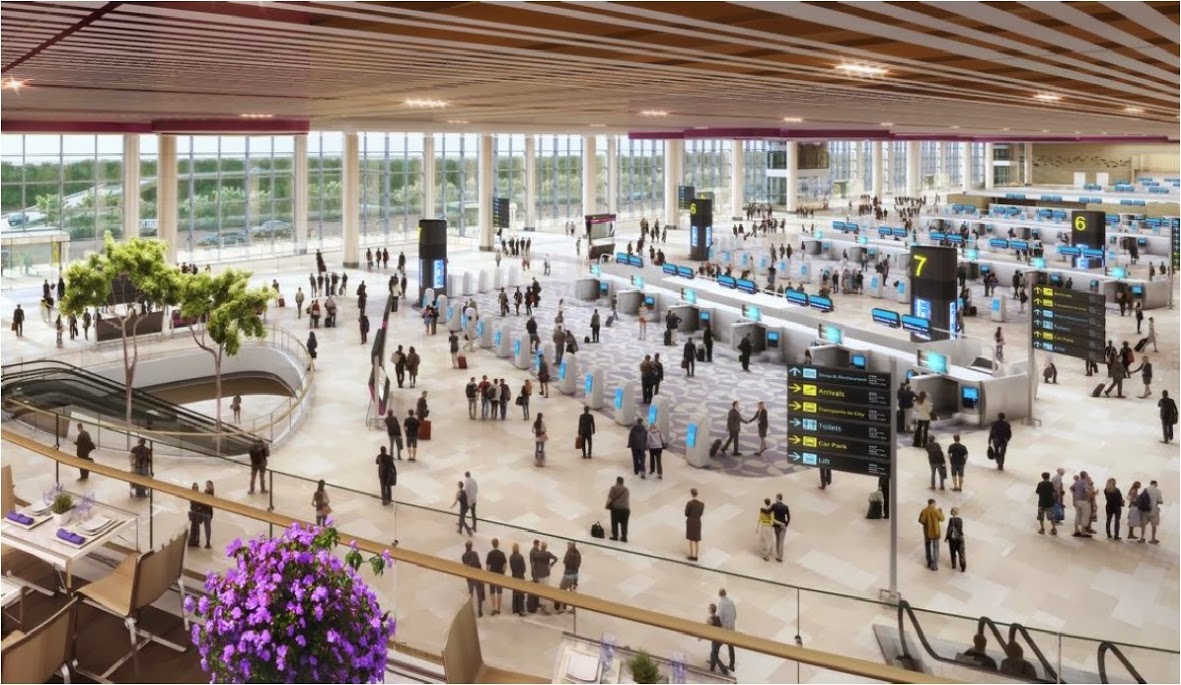Paris, dubbed the ‘The City of Light’ (“La Ville Lumière”), one of the most beautiful cities in the world. It’s beauty, admired and emulated by many, has withstood the test of time. Even Hitler considered Paris too beautiful to bomb during the World War 2.
If Paris is dubbed as one of the world’s most beautiful cities, it is in part because of the works of Georges-Eugène Haussmann.

France under the rule of Napoleon III underwent a massive urban renewal. Napoleon III believed that rebuilding Paris would provide employment, improve living conditions and attest to the power and glory of his empire. In twenty years, Paris was literally transformed. He commissioned Georges-Eugène Haussmann for the overall renovation of Paris.
Haussmann was born in Paris on March 27, 1809 at 55 rue du Faubourg-du-Roule, in the neighbourhood of Beaujon, in a house which he later demolished during his renovation of the city.
From our partners:
PARIS BEFORE HAUSSMANN
The Paris of the 1850s was not as beautiful as it is now. It was a labyrinth of dark narrow streets, the results of desperate overcrowding. The place is dark and dangerous with terrible slum conditions and high death rates. There were few open spaces and only two public parks for the entire city.
Since the roads are narrow, traffic was a persistent problem. The city centre was also a simmering pot of rebellion and discontent. One such event is the February Revolution of 1848.
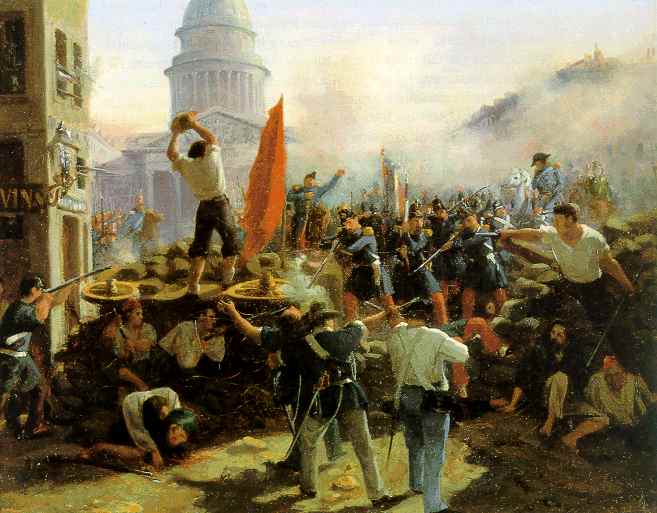
REDESIGNING PARIS
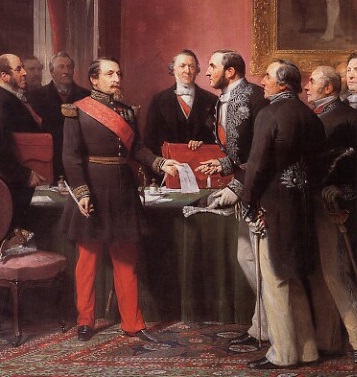
Georges-Eugène Haussmann lead the monumental undertaking of redesigning Paris. The major aspects of his plans include demolishing old buildings and slums, creating broad boulevards, providing better housing, greening Paris and improving the infrastructure beneath the city.
CUTTING THROUGH THE CITY
Haussmann’s first project in the city renovation is the building of broad, straight, tree-lined boulevards that cuts through the centre of the city as well as other quarters.

The boulevards are lined with trees and designed to be wide enough to accommodate the cavalry. This enabled easier navigation throughout Paris. It had brought about light and circulation in the city. In order to do this, old buildings and slums were demolished. This also paved the way for the construction of better housing for the masses.

The broad, straight boulevards radiate out like the spokes of a wheel from the Arc De Triomphe and those centering on the new Opera House, afforded impressive vistas.
PARIS DOUBLES IN SIZE
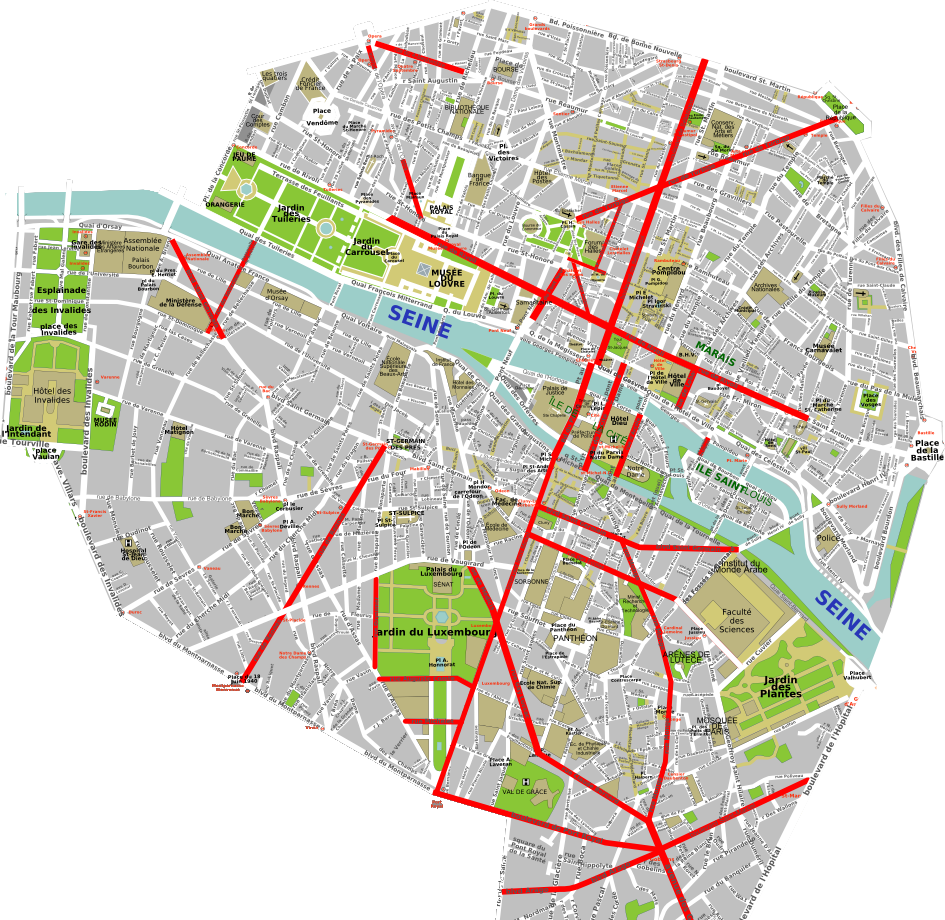
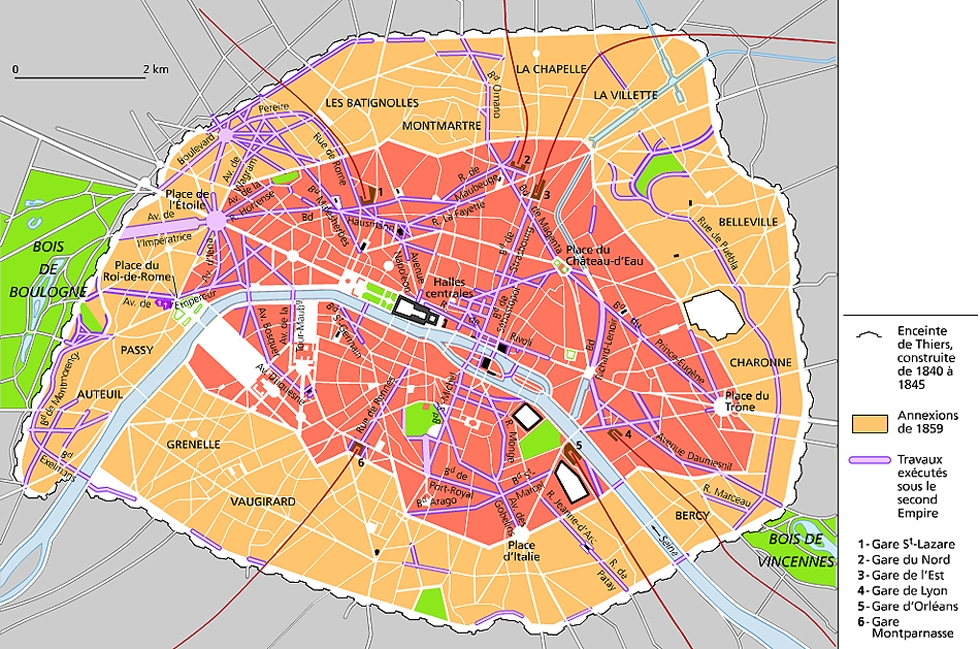
In 1860, the suburbs of Paris were annexed out around the existing city. From twelve arrondissements, it grew to twenty which is also the current number. The annexation called for Haussmann to enlarge his plans particularly with new boulevards that would connect all the arrondissements to the city centre.
THE GREENING OF PARIS
One lasting contribution of Haussmann to Paris is the major greening of the city. In just 17 years, they planted 600,000 trees and added 2,000 hectares of parks and green spaces to Paris. During its time, no city rivalled the gardens and parks of Paris.

The parks and open spaces that were created enabled Paris to become a walkable city; it’s an enjoyable city for motion. Parisians flock to the parks and promenading was a common way to enjoy one’s time. This also gave rise to the development of shops and boutiques where people can walk by and of course, in Paris, you have to look your best even when just taking a leisurely stroll. That’s why Parisians have such sophisticated fashion style.
ARCHITECTURE
Haussmann may have demolished some old buildings but he renovated and preserved many old structures too particularly churches, temples and synagogues. He also paid special attention to the architectural details of public buildings and infrastructure; Up to the garden fences, kiosks, public urinals and lamp posts. These structures may be small and trivial city fixtures but Haussmann paid attention to them all.
One of Haussmann’s famous legacies are the Haussmann apartment buildings which line the boulevards of Paris. Haussmann treated buildings not as independent structures but as part of a unified urban landscape.


Formerly “Rue Sans-Chief”, this street was a dead-end, the district had a bad reputation and was one of the dirtiest areas of the old Paris, due to industries along the Bièvres river (the river is now underground).


The first pic was taken just after the opening of the new Boulevard, the real estate program following its opening hadn’t even begun.
RENOVATION UNDERNEATH THE CITY
Not only did Haussmann paid attention to what is seen in Paris he also rebuilt what is beneath Paris. The construction of new boulevards called for the redesign of pipes, sewers and tunnels under the streets.
Haussmann believed in the importance of having good sewers and aqueduct system for the city. Although not seen, he stressed its importance in the proper functioning of the city; It must provide good, clean water and take away the filth without spoiling the city’s beautiful exterior.

The Avenue, firstly named “Avenue Napoléon”, has replaced a district which was a high place of prostitution and gambling.


The first pic shows a part of the terracing works.
Aside from clean water and good sewer system, Haussmann also built an underground labyrinth that would provide gas for heat and lights to illuminate Paris. This gave way to the installation of gaslights in public and private places which illuminated the city at night. For the first time, Paris was indeed the City Of Light.
CRITICISM & OPPOSITION
With projects as grand as rebuilding Paris, Haussmann was met with a lot of criticisms and opposition. His critics blamed him for the social disruption caused by his building projects. Haussmann was honest but he spent a lot of money on rebuilding Paris and this earned the ire of his critics. They accused him of squandering the money. Despite what he did, Haussmann was eventually dismissed from his duties.


On the left of the first pic we can see a small part of the largest and sadly famous “Cour des miracles” of Paris (dirty and scary slum districts known for their very high crime rate in the pre-Haussmann Paris). It’s this one which is described in Victor Hugo’s “Notre-Dame de Paris”.
HINDSIGHT IS 20/20
Haussmann made Paris a beautiful city. His design and plans for Paris inspired other cities to do the same. The creation of similar boulevards, squares and parks were emulated in Brussels, Rome, Vienna, Stockholm, Madrid, Berlin, Cologne and Barcelona.
Haussman’s influence also reached beyond Europe. His work also inspired the design of Central Park in New York and the City Beautiful Movement in the United States. The American architect Daniel Burnham also integrated some of Haussmann’s plan in his designs for Chicago.
Aside from aesthetic improvements in Paris, Hausmann’s work also improved the quality of life in the city. It industrialised Paris and greatly decreased sickness, mortality rates and congestion.
Paris, the epitome of a beautiful city, withstanding the test of time. Thanks to Haussmann’s vision and effort.













